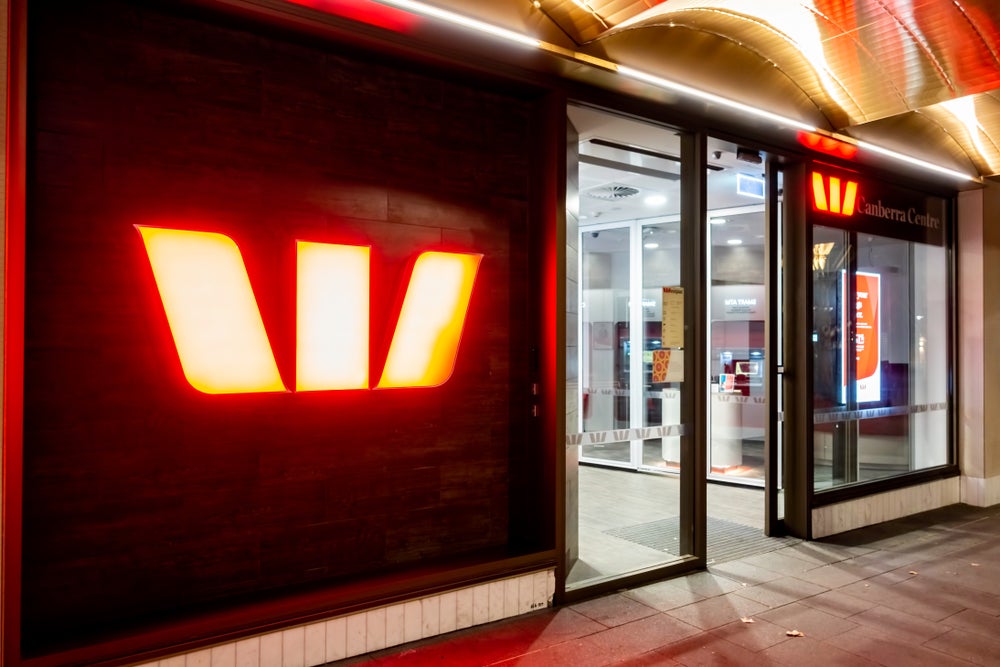Banks in Mexico are starting to expand their credit card
portfolios again after two years of deteriorating credit quality,
but are wary of making the same mistakes they made in the last
credit boom. Credit loss management tools and loyalty programmes
are part of the solution, as Robin Arnfield reports.
 International
International
banks are taking a softly-softly approach to the Mexican market as
economic conditions recover.
A number of international banks
were forced to take remedial action to clean up their portfolios in
the aftermath of the financial crisis in the country, where GDP
fell by 6.5% in 2009. But with growth of around 3% expected in
2010, Les Riedl, CEO of US consultancy Speer & Associates, says
banks are looking to grow their portfolios – though more
conservatively than in the past.
“With the stability and growth that
has returned to the Mexican economy after the 2008-09 financial
crisis, every large credit card issuer is looking at getting back
into the lending market again,” says Riedl. “In 2008-09, because of
increasing delinquencies, issuers had to stabilize their credit
card operations through tightened underwriting policies and credit
management procedures.”
“The timing is good for issuers
wanting to expand in Mexico,” added Brian Riley, research director
for bank cards at TowerGroup. “Credit card penetration is extremely
low, as only 20% of the population have active credit cards, half
the rate in Brazil or Argentina. In addition, the Mexican
government recognizes that, as Mexico has a large informal economy,
cards create more transparent accounting so that revenue can be
taxed. The central bank, Banco de México, has welcomed foreign
issuers in the past decade.”
How well do you really know your competitors?
Access the most comprehensive Company Profiles on the market, powered by GlobalData. Save hours of research. Gain competitive edge.

Thank you!
Your download email will arrive shortly
Not ready to buy yet? Download a free sample
We are confident about the unique quality of our Company Profiles. However, we want you to make the most beneficial decision for your business, so we offer a free sample that you can download by submitting the below form
By GlobalData
Looking to
expand
 Canada’s
Canada’s
Scotiabank is one of the international issuers active in the market
and its experience has been typical of others in the country. It
witnessed a decline in credit card volumes during the 2008-09
crisis, as well as a rising past due loan rate, but is now actively
looking to expand its portfolio again.
Across the Mexican credit card
industry, past-due loan rates rose from 6.9% to 10.5% between 2007
and 2008, before falling to 8.7% at the end of 2009, Manuel
Armendariz Morales, the bank’s head of credit cards, says. Also,
total Mexican credit card spending volumes fell by 20% to 25%
during the crisis.
“We’ve cleaned up most of the
problems we experienced with our credit card portfolio in 2008-09,”
says Morales. “Our current credit card past-due loan rate is half
what it was during the crisis. Also, spending volume by our credit
cardholders is now 50% higher than it was before the crisis, due
partly to the rewards programs we’ve introduced to encourage
spending. We’re now in a good position to capitalize on market
growth opportunities.”
At 31 March 2010, Scotiabank Mexico
had MXN17.1bn ($1.3bn) worth of performing credit card and other
personal loans on its books, down from MXN17.3bn at 31 December
2009 and MXN19.04bn at 31 March 2009.
In its first quarter to 31 March
2010, Scotiabank had MXN652m worth of provisions for credit losses,
excluding recoveries, down 37% from the first quarter of 2009.
“The decrease was due to lower
commercial loan provisions, and to lower retail delinquencies,
primarily in credit cards and personal loans, due to Scotiabank’s
active management of its loan portfolios,” the bank says in a
statement.
HSBC is another international bank
looking to start expanding its credit card business in Mexico. It
doubled its market share between 2008 and 2009, but was hit by high
levels of loan defaults when the financial crisis struck.
Part of this rapid expansion was
due to Tu Cuenta (Your Account), a bundled account package that
HSBC Mexico launched in 2005, offering a current account with a
debit card plus a credit card that customers could apply for in the
branch.
“Applicants would get instant
credit approval and be issued with a credit card in the branch,”
Irizarry says. “With Tu Cuenta, HSBC got a lot of new credit card
customers, but also a lot of defaults.”
In 2009, the combination of tighter
credit origination and underwriting policies within HSBC Mexico and
a smaller consumer demand for credit led to a drop in the bank’s
credit card transaction volumes.
“In order to encourage our credit
card customers to use their cards more, we are offering a number of
promotions during 2010, including rewards programs,” said HSBC
Mexico spokesperson Yordana Aparicio.
At the end of 2008, HSBC Mexico Antonio Perdomo from Banamex to
run the credit cards business, and Miguel Huller joined from
Banorte as head of the retail bank.







